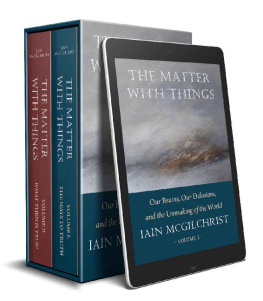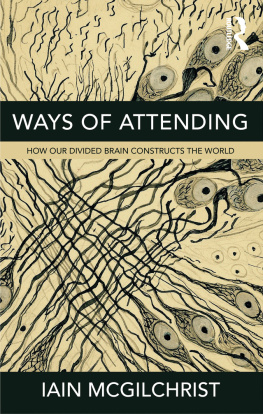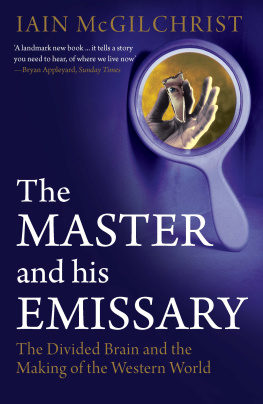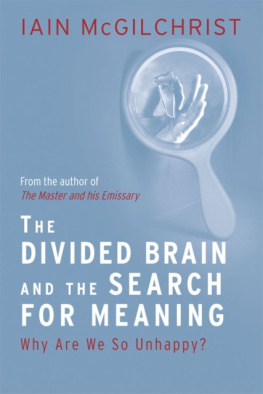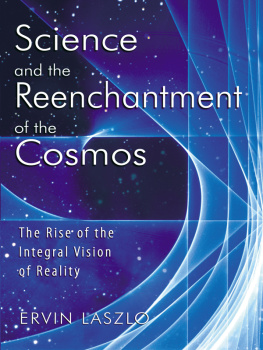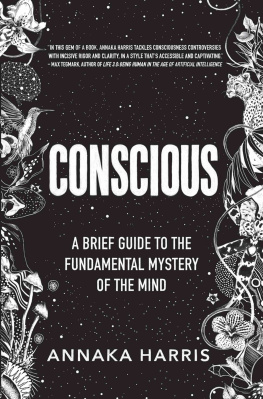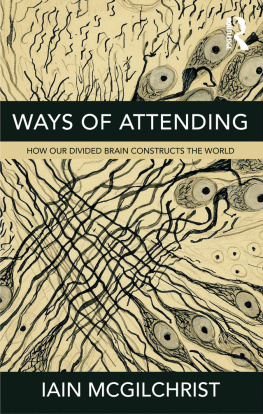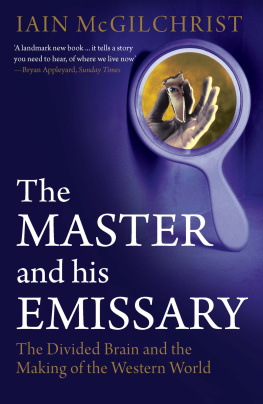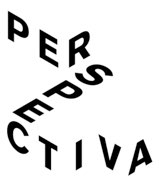THE ARGUMENT
This book is what would conventionally be called a single argument. That is why I have chosen not to publish it as three separate books: one on neuropsychology how our brains shape reality; one on epistemology how we can come to know anything at all; and one on metaphysics the nature of what we find in the cosmos. It is intended as a single whole, each part illuminating, and in turn illumined by, the others.
And yet it is also not an argument, in the conventional sense, at all. If we want others to understand the beauty of a landscape with which they may be unfamiliar, an argument is pointless: instead we must take them there and explore it with them, walking on the hills and mountains, pausing as new vantage points continually open around us, allowing our companions to experience it for themselves.
Such, at any rate, is my intention in this book. The journey matters because it is the arrival. This means that while, for some, every succeeding view will disclose some new aspect of an always changing landscape with which at every turn they become better acquainted, for others the landscape will appear to be, unrewardingly, always the same landscape.
Importantly, this also means that the reader must not feel that the whole book has either to be read in its entirety or not at all. Continuing the analogy of a journey, it can be taken in (I hope) enjoyable stages; and can be put down and picked up, or explored according to whim. My hope is that my reader will end by reading much of it anyway, but do so in a spirit of an intellectual friendship, not as another challenge to fit in to a busy life.
At one point I was going to call this book There Are No Things. I changed my mind when I saw that it might align me with a nihilistic trend in post-modernism that I deplore. It also gave the impression that I was arguing for truth-as-correctness rather than truth-as-unconcealing. My aim is to clear away the assumptions that cloud our vision: and the assumption of a materialist world composed of things is the greatest impediment we face. In an obvious sense, there are things: my hope is that the reader will not abandon them, but reconceive them in a richer way. In summary, my trust is in my readers, that for them something deeper will be unconcealed, and that they will literally dis-cover a new vision of the world for themselves.
REFERENCES
I apologise for the number of references. If I were merely relaying the conventional dogmas of neuroscience, they would hardly be necessary: but I am not, and so they are. I very much hope that this book, large as it is, will be read by the widest possible audience of intelligent general readers. I have therefore taken care that no specialist knowledge is assumed. At the same time, I aim to make a modest, but I hope significant, contribution to neuroscience. This makes the presentation of a very large body of research evidence inevitable; that should not deter the non-specialist reader, who may feel free to pass over the detail, mainly contained in notes as far as possible next to the text to which they refer. For colleagues, I have tried to make references as easy as possible to track down. It can be frustrating to be referred (as now seems to be the norm) to a volume of a journal without being directed to the part, leaving one to guess which of, perhaps, 12 such parts to access; I have tried always to give the full necessary information, and, to save the readers time, to indicate precise pages, where relevant, within a larger work. I have saved space by removing the conventionally supplied city in which a book is published: to know that Oxford University Press is based in Oxford, UK is hardly a revelation, and in todays world where a publisher claims to be based is largely irrelevant.
TRANSLATIONS
In the book there are many translated passages, sometimes from sources that have not been translated, or might have been better translated, into English. In this I hope to have made a small contribution to future scholarship in the area. Unless the reader is referred in the notes to a particular English translation as the source, all translations may be assumed to be by myself. To avoid repetition, I have omitted reminders of this fact. Where possible, if using anothers translation, I have consulted the original; and where I rely on my own translation, I have generally given the original, so that those more adept than I can judge for themselves.


